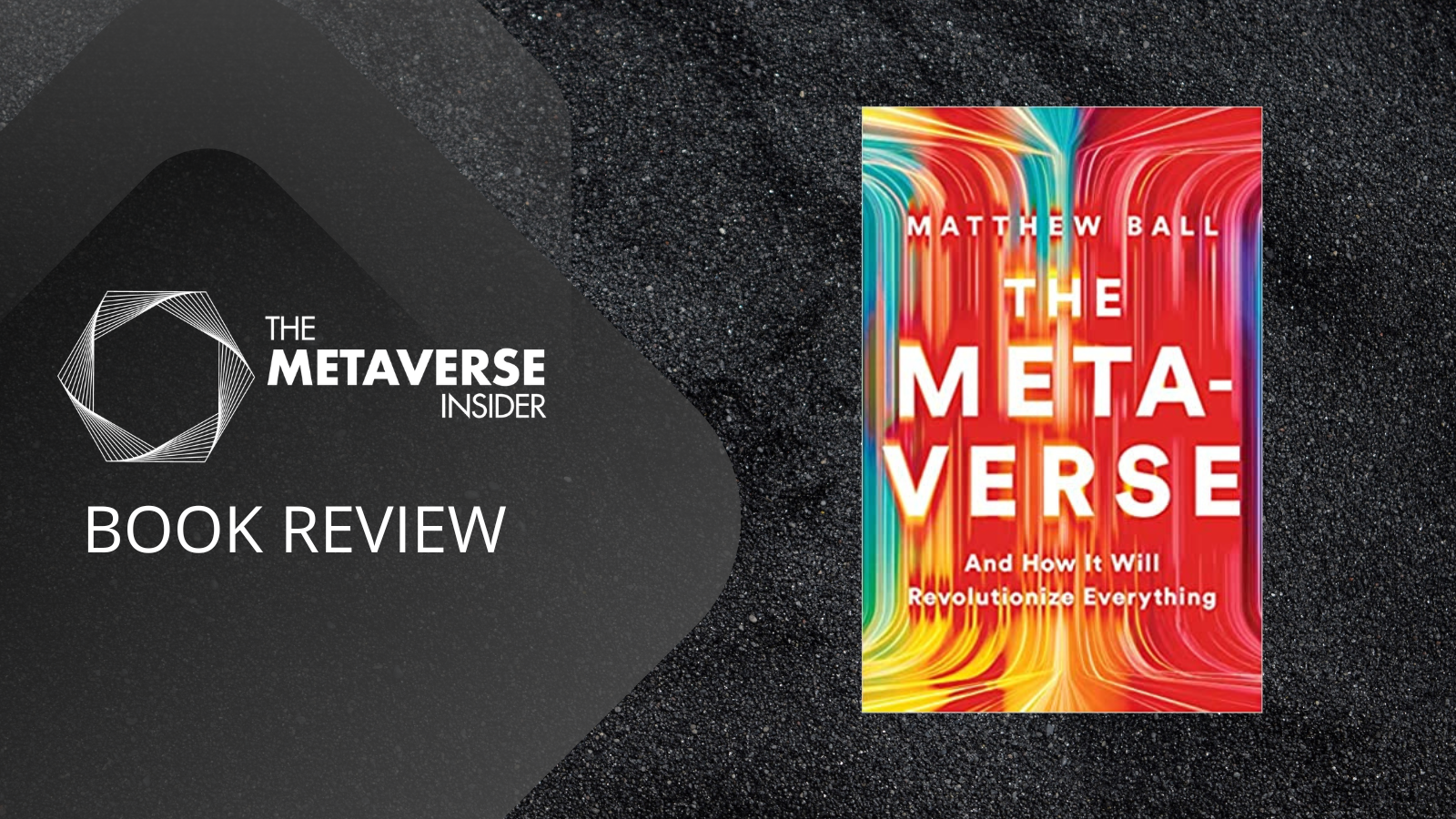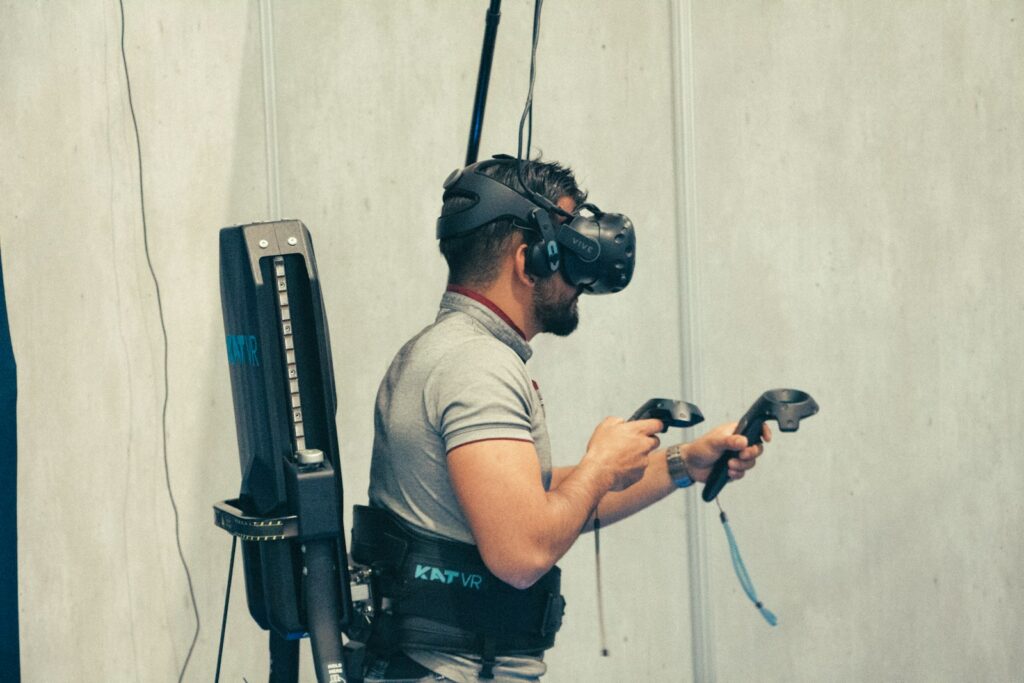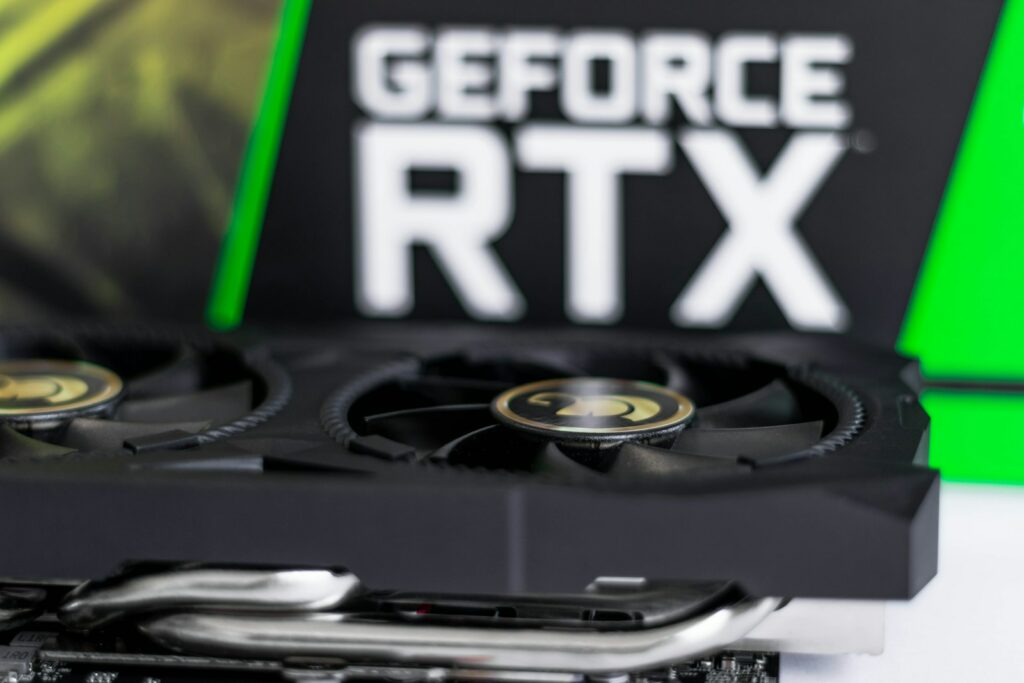Metaverse has become a buzzword which is popular among tech and business enthusiasts. Many realize that understanding the concept may be critical to understanding where business and technology are moving. However, the Metaverse is a complex concept, and many onlookers may not realize everything it entails and what the hype is about. This is a question that Metaverse Insider has attempted to answer with the Metaverse Market Map and an analysis of the Metaverse Market Size. On July 19th, Matthew Ball launched his highly anticipated book The Metaverse and How It will Revolutionize Everything. Ball has embarked on a complex task of explaining the Metaverse Industry as a whole, including the history, the critical underlying technologies, and what the future holds.
Ball’s book is highly detailed and hits upon every vital topic and question a reader might have. The book is divided into three parts.
Part 1: What is the Metaverse?
Part 2: Building the Metaverse
Part 3: How The Metaverse will Revolutionize Everything.
Chapter 1 starts with how the term Metaverse came about – Neal Stephenson’s book Snow Crash in 1992. Stephenson and his work and influence are mentioned a few times in this book. This has been the case with several other topics, in which Ball talks about a specific topic and then expands upon it later in the book. It all ties in by the end of the book. Ball details historical technology that predated the internet at the start of the book. Ball details the history of various technological innovations, such as the electromechanical device “Memex,” the game “Habitat,” and the beginning of the internet. These innovations help the reader understand how today’s technological innovations have evolved and continue to do so. It gives the reader a mental idea of how technological innovations happen and helps them comprehend how they tend to come together in the end.
The rest of Part 1 addresses other critical factors of the Metaverse, including the uncertainty around the metaverse concept. Throughout the book, Ball has not claimed that he understands precisely how the idea of the Metaverse will come about. However, he indicates what technologies will impact most and which companies currently control that market. In Part 1 of the book, Ball also gives a clear-cut definition of the Metaverse, “A massively scaled and interoperable network of real-time rendered 3D virtual worlds that can be experienced synchronously and persistently by an effectively unlimited number of users with an individual sense of presence, and with continuity of data, such as identity, history, entitlements, objects, communications, and payments.” Chapter 3 (and all of Part 2) expands upon this definition.
Part 2 of the book details all the technologies (and complications) behind building the Metaverse. This part of the book does a great job going into a significant amount of detail to help the reader understand the difficulties developers face creating the virtual worlds portrayed in Snow Crash and Ready Player One. In the first chapter of Part 2, Ball talks about the importance of Networking in the Metaverse and provides the Microsoft Flight Simulator as an example. He explains the difference between Bandwidth and Latency and the importance of each in building the virtual worlds we imagine today. Ball’s level of detail is overwhelming yet very engaging as one starts to understand the vastity of the Metaverse technology stack. The network is just one of the chapters in Part 2. Ball goes into similar detail on every technology involved in building the Metaverse ecosystem. By the end of the book’s second part, the reader understands the amount of work left to accomplish in the virtual worlds we talk about and the amount of opportunity there is if one builds in this space.
Ball’s level of detail in this book makes sense as he has written for some big publications and studied the Metaverse concept. He has written for the New York Times, the Economist, and Bloomberg. He had identified the potential of the Metaverse when it was a relatively unvalued concept. He started writing about the Metaverse as early as 2018, and as of 2022, his work has been read by millions of people. Ball himself says the purpose of the book is to update, expand upon and recast everything he has written on the Metaverse. Thus, the level of detail he provides in Part 2 of the book starts to make sense once one realizes Ball’s research and work in the Metaverse.
Part 3 of the book brings together everything he has talked about in the first two parts of the book. By Part 3, the reader understands how we got here and the complications of building the Metaverse. Thus, it is easy for the reader to understand Ball’s analysis of where this concept is heading. According to Ball, everything from Fashion to Gaming to Virtual Workspaces will be transformed by the technologies behind the Metaverse. However, he is reluctant to give a timeline on when they will happen as he discusses the discrepancies in what tech leaders like Mark Zuckerberg, Tim Sweeney, and Satya Nadella predict.
I recommend this book to everyone looking to understand how business, technology, and everything in between will evolve in the coming years. I was blown away by the impact of games like Roblox, the complications behind virtual worlds like Microsoft Flight Simulator, and the challenges behind interoperability. For example, for interoperability, one starts to understand why Playstation might not be keen on it while Xbox would. Furthermore, if all systems and games are eager to do it, what would be the challenges behind it? These are complex topics which Ball addresses one by one. Also, despite all the complications behind building the Metaverse, the book left me intrigued and quite optimistic about the future of the Metaverse. This book is very engaging and a must-read to understand how our world will evolve in the coming decade and beyond!



















